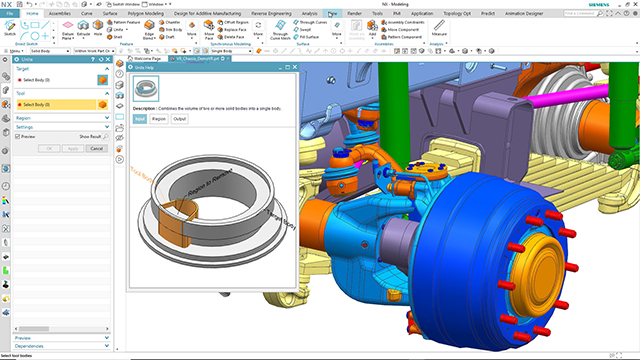

Among its main features are a very sophisticated file management, as well as the possibility of working in networks based on TCP / IP protocols (the same that are now used on the Internet). In 1983 Berkeley released a powerful version of UNIX known as BSD version 4.2. This meant that the programs developed on UNIX System version 1 would work correctly in the following versions.įor its part, the BSD version followed a similar path until the late 1970s, when it became the basis of a research project of the Advanced Research Projects Agency of the Department of Defense (DARPA). In 1983 AT & T introduced the UNIX System version 1.įor the first time, AT & T promised upward compatibility in the next versions of its UNIX systems. Meanwhile, the Bell laboratories continued with the developments, presenting different research versions until 1982 when the launch of System III, the first commercial version of the UNIX operating system, took place.

His contributions are numerous and among them is a compiler of Pascal, the former editor, Shell C and editor vi. In this version the works were carried out in large part by two graduate students, Bill Joy and Chuck Haley. Thus, in 1975 Ken Thompson promoted the development and brought to light his own version BSD went on to become the main competitor of the Bell laboratories. The University of California at Berkeley, akin to the UNIX project, then began its developments in this field, adding new features to the system and making it a standard. The two fundamental variants: System V and BSD It was around 1974 when UNIX, already in its fourth edition, began to be used massively in the Bell laboratories.
#UG NX HISTORY FREE#
Thanks to this step, the popularity of UNIX grew and allowed to settle the main aspects of what is called the "UNIX philosophy".Īlthough initially UNIX was considered as a research project, to the point of being distributed free of charge among the IT departments of some universities, soon the demand for the product caused the Bell laboratories to begin their official distribution by granting licenses to different users. With this new approach it was possible to port the operating system to other machines with very few changes, simply by making a new compilation on the target machine.
#UG NX HISTORY CODE#
This step was undoubtedly fundamental for its further development, because until then the code of the operating system was very dependent on the type of machine. UNIX thus became the first operating system written in high level language. It was later in 1973, when Dennis Ritchie, one of the mythical creators of the C language, carried out a project in collaboration with Ken Thompson with the intention of rewriting the UNIX code in C language. The UNIX code was initially written in assembly language, this issue had a negative impact on its portability and was soon solved. Later, in 1970, the name undergoes a small variation and is now called UNIX, with which it is currently known. The name that was given to the operating system is actually a game of words that is formed with the initials of Uniplexed Information and Computing System (multiplexed system of information and computation), making reference to its predecessor, MULTICS and taking into account Note that on this occasion the operating system could only support two users simultaneously. The computer on which this new operating system was implemented, which was called UNICS, was a DEC PDP-7. Subsequently the idea of this project is retaken and leads to the development in 1969 of the UNIX operating system by Ken Thomson, Dennis Ritchie and other researchers, some of them members of the group of programmers who carried out the project MULTICS. The project turned out to be too ambitious, so it did not come to a good end and ended up leaving after suffering several setbacks and delays. The result of these investigations was baptized as MULTICS (Multiplexed Information and Computing System, Multiplexed Information and Computing System). The origin of the UNIX system is linked to the development of a project started in 1968.Īt that time A group of researchers from General Electric, AT & T Bell and MIT (Massachusets Institute of Technology, Massachusetts Institute of Technology) undertook the development of an operating system that took into account new concepts such as multimedia, file management or the interaction with the user.


 0 kommentar(er)
0 kommentar(er)
